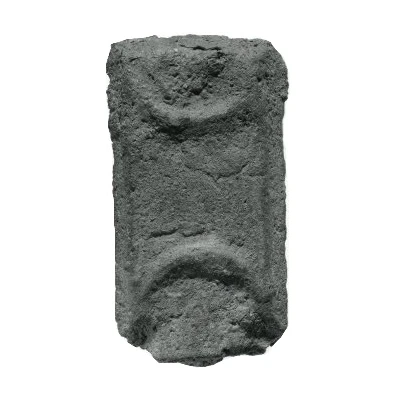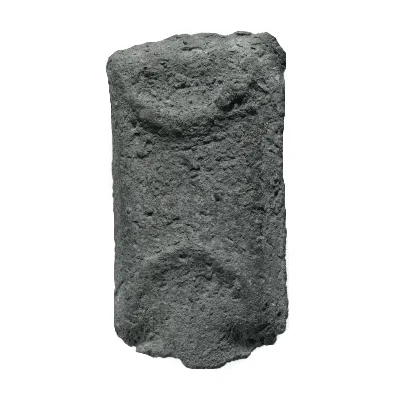


© British Museum
Currency bar Crescents without star 280 BC - 260 BC
| Bronze | - | - |
| Issuer | Tarquinii (Etruria) |
|---|---|
| Type | Standard circulation coin |
| Years | 280 BC - 260 BC |
| Currency | Currency bar (circa 280-260 BC) |
| Composition | Bronze |
| Size | 57 mm |
| Thickness | 18 mm |
| Shape | Rectangular (irregular) |
| Technique | Cast |
| Demonetized | Yes |
| Updated | 2024-10-09 |
| Numista | N#179841 |
|---|---|
| Rarity index | 100% |
Reverse
Two crescents facing back-to-back
Edge
Plain
Comment
Currency bars were used to weigh bronze transactions, rather than count them. As such, currency bars could be cut to the proper weight to pay for something. With that being said, the weight and length of these pieces will vary greatly. Reported weights for this type are from 486-777 grams.The 57 millimetres is the reported width of the examle in the British Museum, museum number 1867,0212.6.
Interesting fact
One interesting fact about the Standard circulation coin Currency bar (Crescents without star) from Tarquinii (Etruria) made of Bronze is that it features a unique design element - a crescent shape on one side and a blank surface on the other. This design was used during a time of great economic growth and trade in the region, and the coin's design may have been intended to symbolize the moon's influence on the tides, which were important for maritime trade. Additionally, the use of bronze in the coin's construction suggests that it was a widely available and durable material, making it a practical choice for everyday transactions.